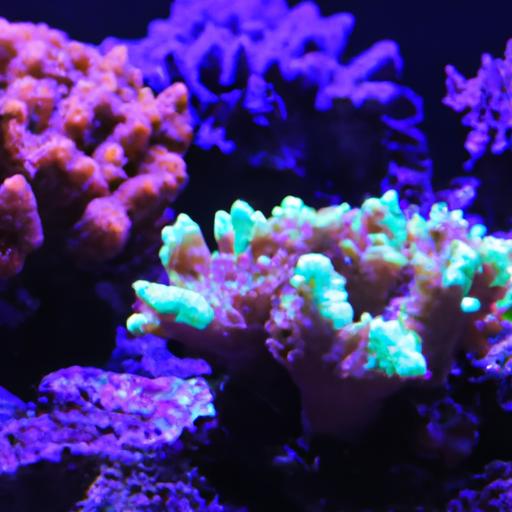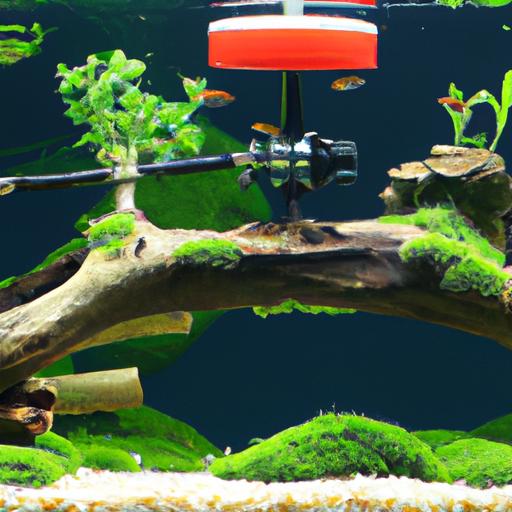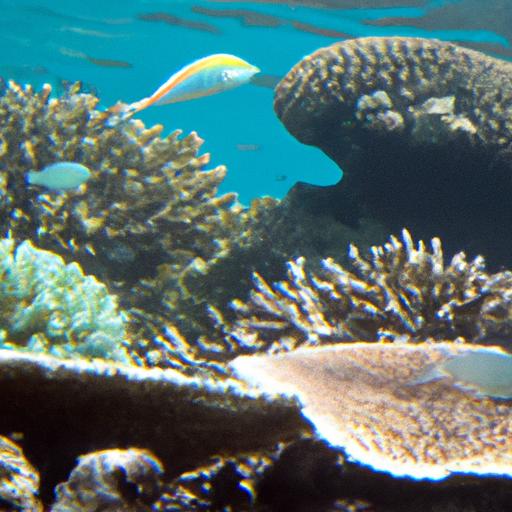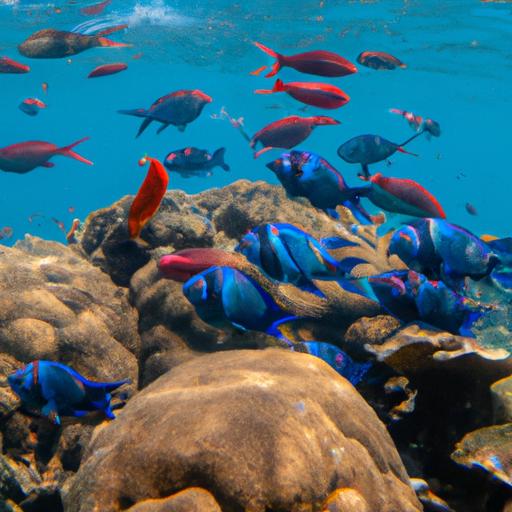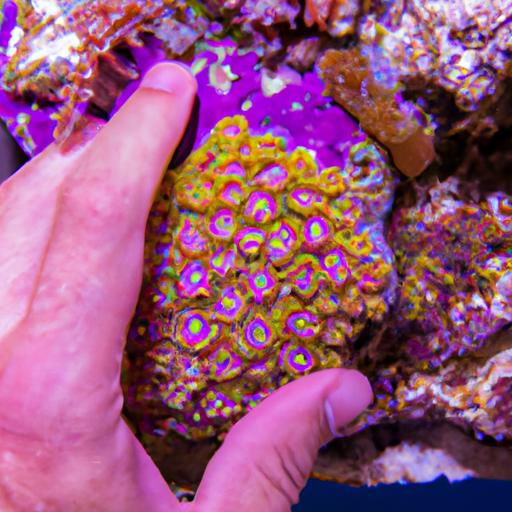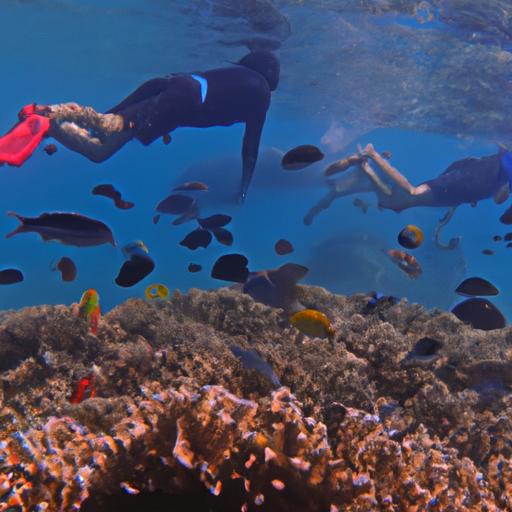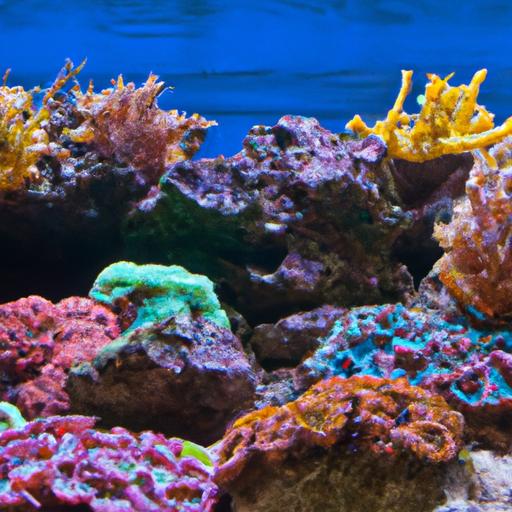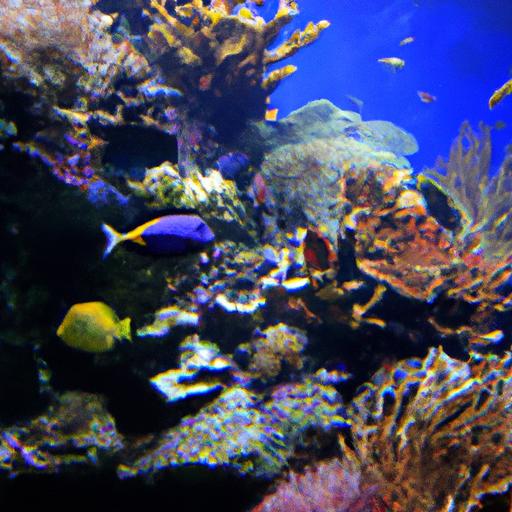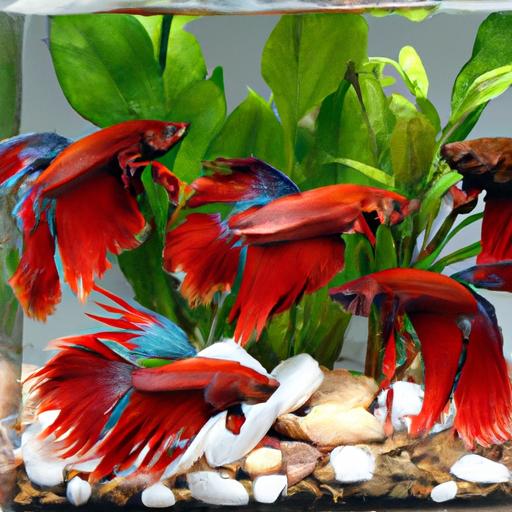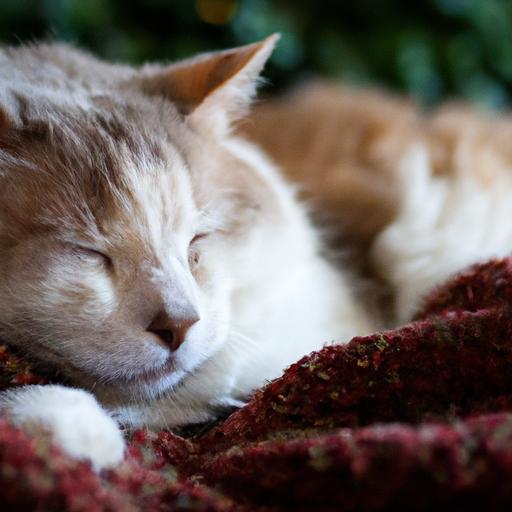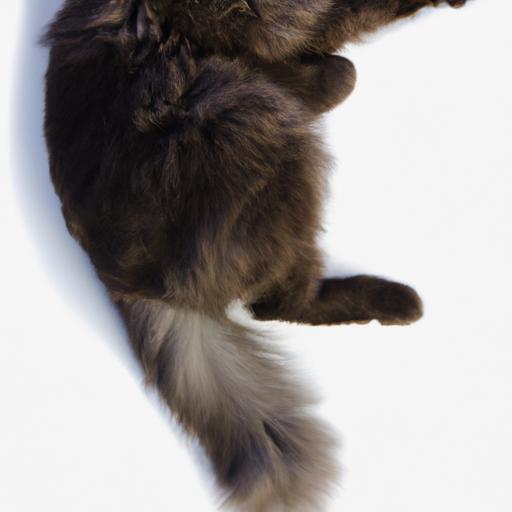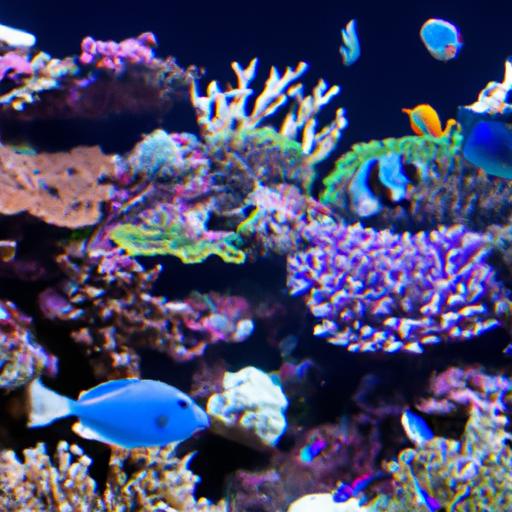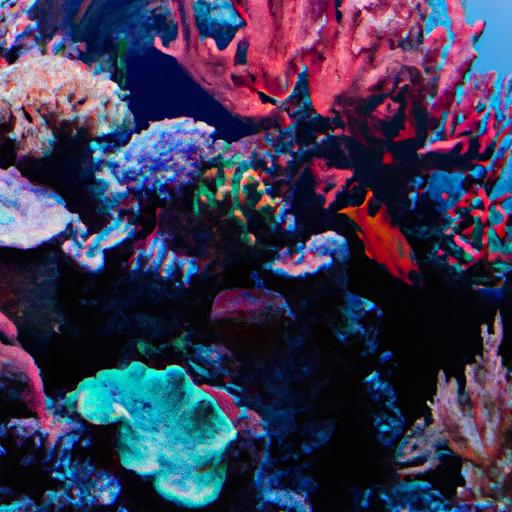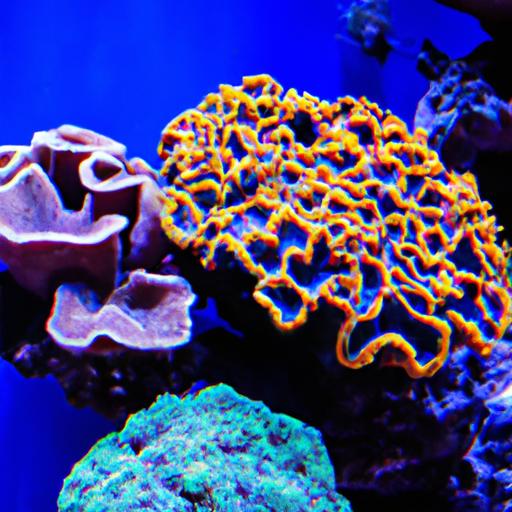
Expert Insights on Handling Coral Aggression in Reef Tanks
Discover expert insights on handling coral aggression in reef tanks. Learn techniques to prevent aggression and maintain a harmonious environment for your corals.
Introduction to Coral Aggression in Reef Tanks
Coral aggression is a fascinating but often overlooked aspect of maintaining a thriving reef tank. As coral enthusiasts, we strive to create a harmonious environment for our marine friends, but sometimes aggression between corals can disrupt the balance we seek. In this article, we will delve into the expert insights on handling coral aggression in reef tanks, offering valuable tips and techniques to ensure the well-being of your corals.
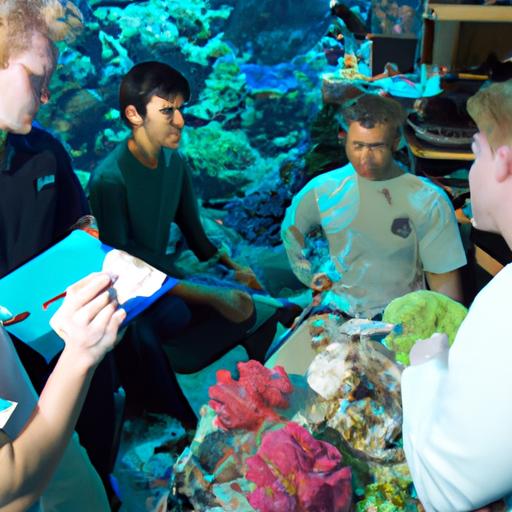
Expert Insights on Handling Coral Aggression in Reef Tanks
To effectively manage coral aggression, it is crucial to understand the factors contributing to this behavior. Expert aquarists and marine biologists have dedicated their time and knowledge to uncover the secrets behind coral aggression. Let’s explore their insights and recommendations:
Factors that Contribute to Coral Aggression
Coral aggression can be triggered by various factors, such as limited space, competition for resources, and territorial instincts. When corals are placed too closely together, they may engage in aggressive behavior, including stinging, tissue damage, or even overgrowth. Additionally, incompatible coral species may exhibit aggressive interactions, leading to detrimental effects on each other’s health.
Techniques for Preventing Coral Aggression
-
Proper Placement and Spacing of Corals: Ensuring adequate spacing between corals is essential to minimize aggression. By allowing sufficient room for growth, you can prevent physical contact and reduce the chances of aggressive interactions.
-
Selecting Compatible Coral Species: Careful consideration of coral species compatibility is crucial when building your reef tank. Researching the natural behavior and aggression tendencies of different species will help you create a harmonious community. Some corals are known to be more peaceful, while others may be inherently aggressive. By choosing compatible species, you can minimize the risk of aggression within your tank.
-
Managing Nutrient Levels and Water Quality: Maintaining optimal water conditions is vital for preventing coral aggression. High nutrient levels, such as excessive nitrates or phosphates, can trigger aggressive behavior. Regular water testing, proper filtration, and regular water changes are essential to ensure a healthy environment for your corals.
Common Signs of Coral Aggression and How to Identify Them
Detecting coral aggression can be challenging, as some signs may appear subtle or resemble other coral health issues. However, certain indicators can help you identify aggressive behavior. Look out for:
- Tissue damage: Physical signs of aggression include torn or damaged coral tissues, which may appear as exposed white skeleton or discolored patches.
- Overgrowth: Aggressive corals may start encroaching upon neighboring corals, smothering them and inhibiting their growth.
- Extended sweeper tentacles: Some corals release long, stinging tentacles to fend off nearby competitors. If you observe corals extending their tentacles aggressively, it could be a sign of aggression.
The Role of Coral Aggression in Coral Health and Overall Reef Tank Balance
Understanding the dynamics of coral aggression is crucial for maintaining a healthy reef tank ecosystem. While aggression can disrupt the harmony, it also plays an essential role in regulating population growth and maintaining diversity. Balancing aggression with peaceful interactions is key to creating a thriving and sustainable reef tank.
FAQ: Frequently Asked Questions about Coral Aggression
What are the common triggers for coral aggression?
Coral aggression can be triggered by factors such as limited space, competition for resources, and territorial instincts. Placement and compatibility issues are often the main culprits behind coral aggression within reef tanks.
Can coral aggression be beneficial in some cases?
Yes, coral aggression can be beneficial to some extent. It helps control the population of certain corals and prevents the domination of a single species. However, excessive aggression can lead to coral tissue damage and hinder the growth of neighboring corals.
How long does it take for corals to settle and establish peaceful interactions?
The time it takes for corals to settle and establish peaceful interactions varies depending on the species and their individual temperaments. It can take anywhere from a few days to several weeks for corals to acclimate and establish a harmonious relationship within the tank.
Are there any natural techniques to minimize coral aggression?
Yes, there are natural techniques you can employ to minimize coral aggression. For instance, providing ample space for each coral to grow, ensuring proper water circulation, and maintaining optimal nutrient levels can help reduce aggression levels in reef tanks.
What should be done if aggressive coral species are already present in the tank?
If aggressive coral species are already present in your tank, it is advisable to separate them from more peaceful species. Creating physical barriers or rearranging the tank layout can help mitigate aggression. Seeking advice from an experienced aquarist or marine biologist is recommended in such cases.
Conclusion
Expert insights on handling coral aggression in reef tanks provide valuable guidance for maintaining a harmonious environment for our marine friends. By understanding the factors contributing to coral aggression and implementing preventive techniques, we can ensure the well-being and vitality of our corals. Remember, proactive management is key in creating a thriving reef tank that showcases the beauty and diversity of coral life.
[Insert your name or pen name]

